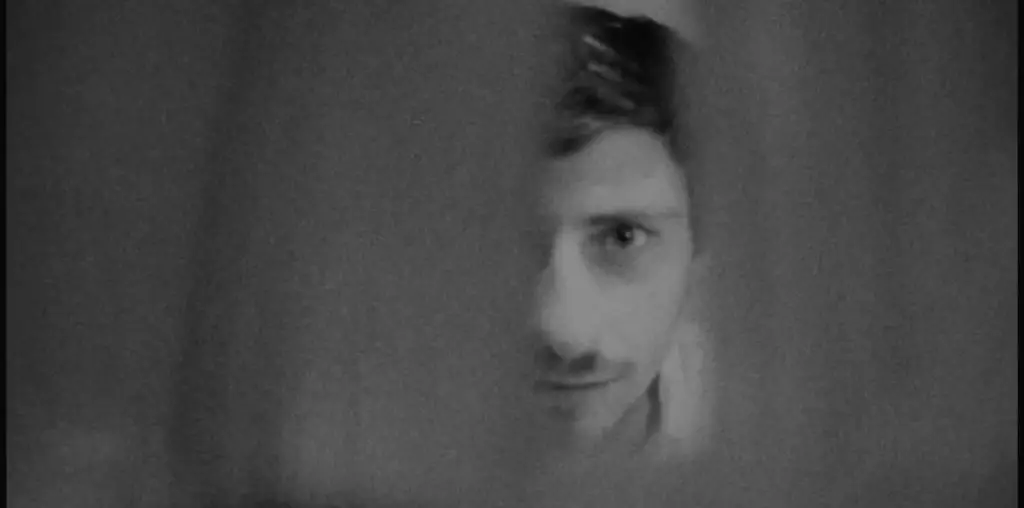
“The Cry of Jazz” is a strange and provocative 35-minute film that was made in Chicago in 1959 but has never received a commercial release until now. Created by Edward O. Bland, based on his book of the same title, the film is a harsh mix of musical history and racial politics that emerges unexpectedly as a jolting reminder of America’s shameful track record on race relations.
“The Cry of Jazz” takes place at a party in an apartment, and it is immediately obvious this film is very different from anything being produced in Hollywood at the time. The party is an equal mix of whites and blacks engaged in intellectual debate, and at one point a white woman holds hands in friendship with a black man. The crux of the debate is the importance of the black role in creating and maintaining the spirit of jazz.
The rise of jazz is recalled in long narrative stretches detailed by George Walker, an African-American actor with a distinct and authoritative voice. As he describes where jazz came from and how it can be appreciated, footage of the poorest predominantly black slums in Chicago is shown. Throughout the narration, racially political statements are inserted. At one point, black-oriented jazz music is compared to white-oriented jazz. The black version is lively and swinging and is presented against scenes of a nightclub and pool hall. The white version, however, is bland and safe and is played against the scene of a white woman grooming a poodle.
During the party scenes, the black guests offer slogans of black power that predated the actual Black Power movement by a decade. Among the statements offered here are “Jazz is the one element of American life where whites must be humble to Negroes” and “America needs the Negro to teach us how to be American” and “The Negro is the only human American.” (This film was made at a time when the phrase “Negro” was commonly used.) The whites at the party are mostly shown as hotheads or idiots while the blacks are cool, reserved and articulate in their knowledge of music and sociology.
It is impossible to imagine how any white audience (even the most left-swinging liberals) back in 1959 would’ve reacted to a film like this. For 1959, racial themes in films were limited to the soap of “Imitation of Life” or the theatrics of “Porgy and Bess” — films that presented frayed black stereotypes without commenting on the rising social unrest in the U.S. at the time. Thus, it is no surprise that “The Cry of Jazz” was barely seen after it was produced, and its initial state of obscurity seems to have lasted an uncommonly long time. Why this film has not emerged earlier is a mystery. Most likely its linking of black politics with jazz became very dated — especially when jazz fell out of favor with black audiences in the 1960s.
Ironically, the key selling point for the film today is its racial politics. Rather, it features the first known film footage of Sun Ra and His Arkestra. This was before Sun Ra took on the trappings of outer space by way of ancient Egypt, and both his appearance and music are fairly conservative in this setting. Even more intriguing are the closing credits for the film, which states the music soundtrack was recorded in Europe. How ironic that a film which defines jazz as the ultimate African-American musical statement would need to have its musical soundtrack preserved in European recording studios.
